Not only that, behind that beauty is a deeper story: A journey to turn tourism into a driving force to regenerate the environment, nurture communities and reshape the way people connect with nature.
Green tourism attracts a large number of tourists to Costa Rica every year. Photo: Costa Rica Travel
A tiny blue dot on the map, Costa Rica is a tiny country nestled between the Pacific Ocean and the Caribbean Sea, occupying just 0.03% of the world’s land area, but possessing 5% of the world’s biodiversity. From the mystical cloud forests of Monteverde to the white sand beaches of Tamarindo, nature here seems to remain untouched, despite the whirlwind of tourism development.
What makes Costa Rica special is not just its scenery, the country has recognized early on that tourism can be a double-edged sword: It helps nurture local economies, but it can also easily put ecosystems at risk if left unchecked. That’s why Costa Rica has taken the concept of “sustainable tourism” one step further, into “regenerative tourism.” Rather than simply “not causing harm” to the environment, regenerative tourism emphasizes the role of visitors in actively participating in activities that contribute to natural restoration and support local communities.
Thanks to that, Costa Rica has created very unique models, typically The Corcovado Foundation or Community Carbon Trees, giving visitors the experience of directly participating in forest planting programs and monitoring the regeneration process of primary forests.
In addition, sea turtle conservation projects in the Nicoya Peninsula invite tourists to join the local people in protecting the nests and releasing baby turtles back into the sea. The Bribri and Maleku communities also offer cultural tourism programs where tourists can learn about medicinal plants, sustainable farming techniques, and listen to traditional stories about how people and nature are closely connected.
In San Gerardo de Dota, small homestays run by local people create a cozy, intimate feeling, serving as a bridge for revenue from tourists to be reinvested in community projects such as schools, waste recycling systems or Quetzal bird conservation (a legendary bird of the Central American mountains and forests).
If you stay at Lapa Rios Lodge on the Osa Peninsula, every night of your stay will be donated to community development funds and rainforest protection programs. This is a way to make your vacation more complete and meaningful than ever.
However, to build the “green” tourism industry as it is today, Costa Rica had to face many painful lessons. In the 1990s, the country witnessed an explosive growth in tourism, leading to plastic waste, water pollution, illegal hunting and the massive appearance of resorts encroaching on the primeval forest. Short-term profits at that time seemed to be a victory, but they contained the risk of destroying the ecosystem in the long term. Thanks to early recognition of the risks, instead of exploiting tourism at all costs, this country set up a solid legal framework through targeted taxation policies, built a CST certification system and developed a network of protected areas covering nearly 30% of the national territory.
Interestingly, while many places in the world consider conservation and development as two opposite poles, Costa Rica has proven the opposite. This country makes nature a part of life, making environmental protection a community lifestyle, linked to sustainable economic values. Here, the philosophy of life "Pura Vida" (roughly translated: "Pure Life"), is a greeting phrase, at the same time expressing a slow, grateful and environmentally friendly lifestyle. That has created a solid foundation for the sustainable tourism model in Costa Rica not to slide into the "fake green" trend like many other places.
Across Costa Rica, people have proven that tourism can go hand in hand with conservation, that local economies don't have to come at the expense of the environment, and that each trip can be a catalyst for positive change.
Sustainable tourism development here has created thousands of jobs for local people, mainly in rural communities and nature reserves. Many ecotourism activities require the participation of many professions, from tour guides and hotel staff to those working in the organic agricultural and local handicraft industries.
Thanks to that, unemployment is also reduced and a stable source of income is created. According to statistics, tourism contributes 5 - 8% of the Gross Domestic Product (GDP), earning more than 4 billion USD/year. There are more than 3 million international visitors to this small country every year, most of whom come because of the sustainable tourism model.
Amidst the unpredictable developments of climate change and ecological crisis, Costa Rica is like a rare green respite. What this country does is enough to inspire the world about a model of sustainable development, where people and nature are not separated but nurture each other.
Source: https://hanoimoi.vn/chuyen-doi-xanh-co-hoi-vang-nang-tam-du-lich-viet-costa-rica-noi-thien-nhien-tro-thanh-mot-phan-cua-doi-song-699896.html


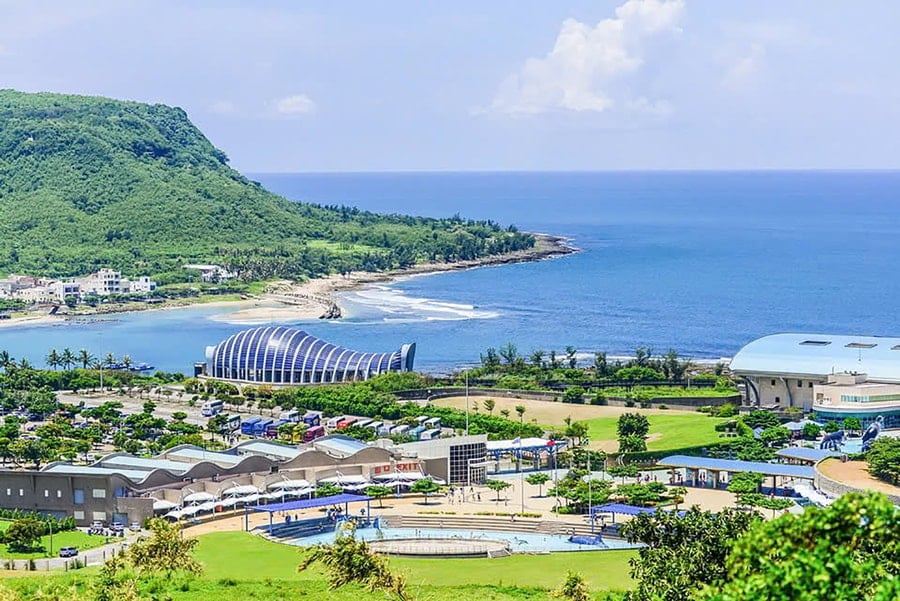


![[Photo] General Secretary To Lam presents the title "Hero of Labor" to the Party Committee, Government and People of Ho Chi Minh City](https://vphoto.vietnam.vn/thumb/1200x675/vietnam/resource/IMAGE/2025/4/30/08a5b9005f644bf993ceafe46583c092)

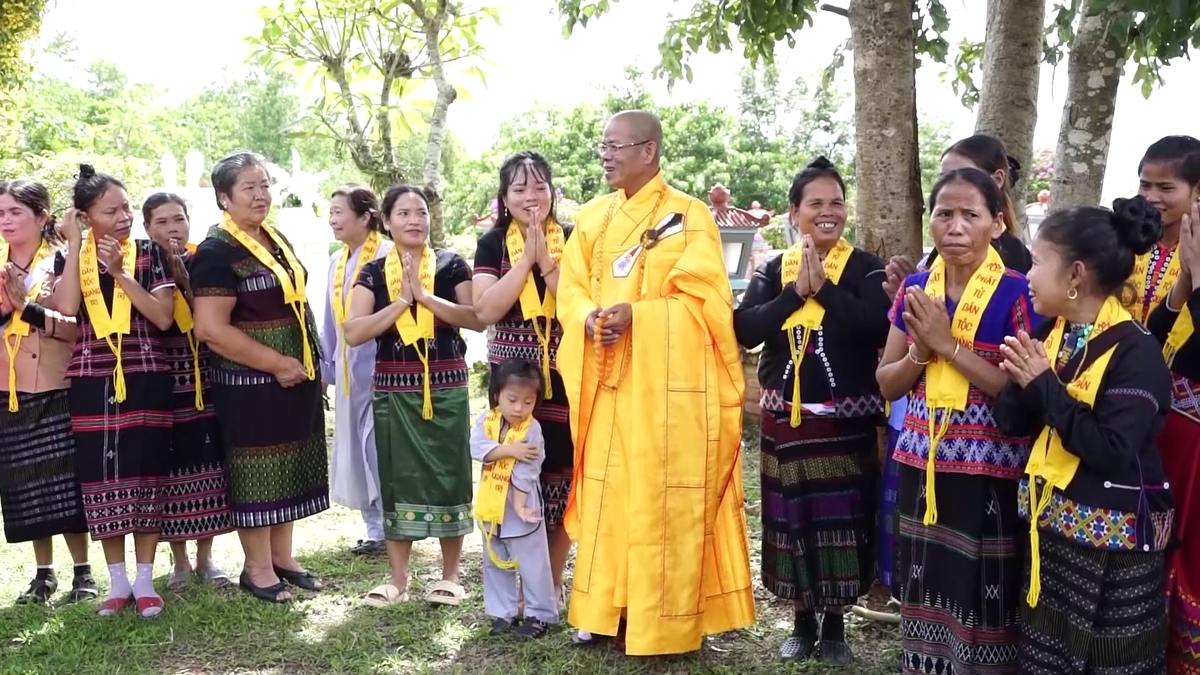
![[Photo] Flag-raising ceremony to celebrate the 50th anniversary of the Liberation of the South and National Reunification Day](https://vphoto.vietnam.vn/thumb/1200x675/vietnam/resource/IMAGE/2025/4/30/175646f225ff40b7ad24aa6c1517e378)
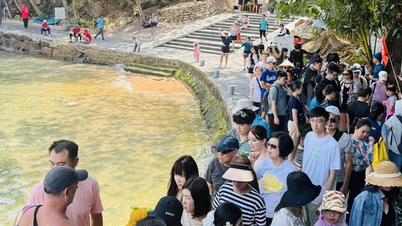





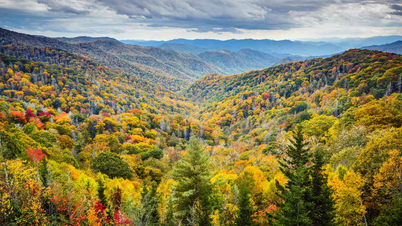




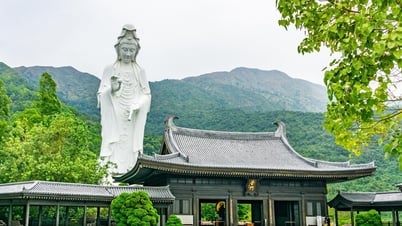




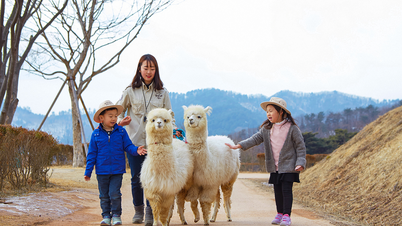










![[Photo] Demonstration aircraft and helicopters flying the Party flag and the national flag took off from Bien Hoa airport](https://vphoto.vietnam.vn/thumb/1200x675/vietnam/resource/IMAGE/2025/4/30/b3b28c18f9a7424f9e2b87b0ad581d05)













































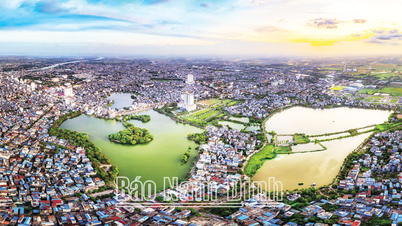




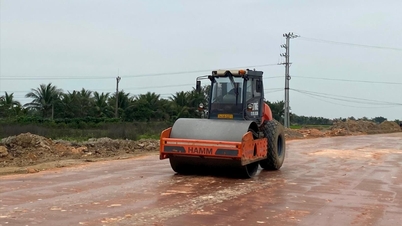

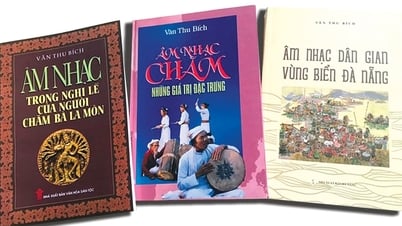











Comment (0)